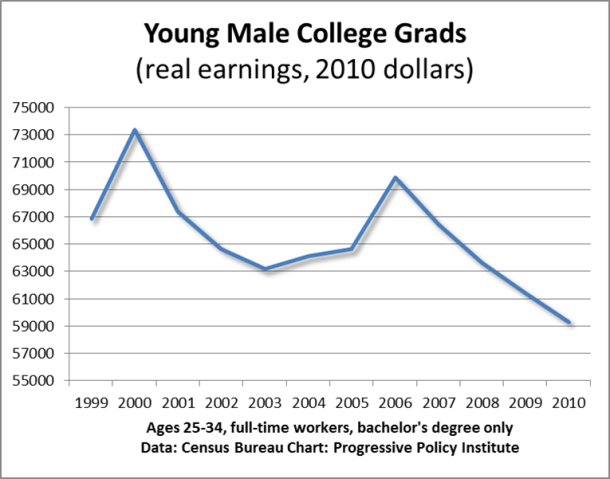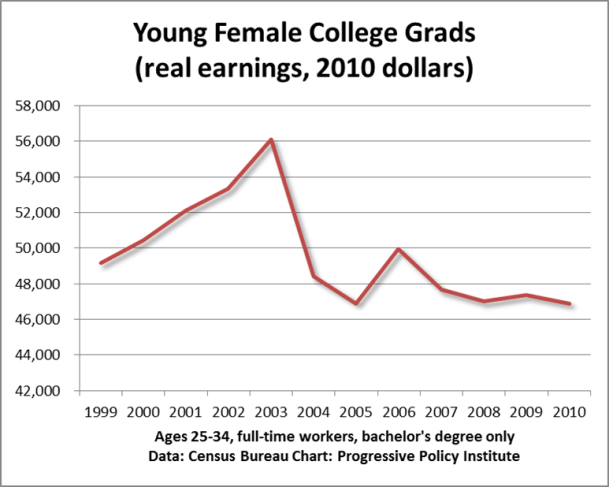There’s a new report out entitled The Competition that Really Matters from The Center for the Next Generation and the Center for American Progress. The report focuses on an exceptionally important topic: The economic case for investing in children. The fact is that in today’s data-driven economy, the ability to work with data and information technology is at the heart of global competitiveness. These abilities require increased investment in education, starting with pre-K, moving up to K-12 and higher education. The danger is that the U.S. will lose its edge in precisely the industries that are propelling growth.
The poll that was released at the same time asks the always interesting question: Who is in favor of raising taxes and cutting spending, if the funds were dedicated to education at different levels? There’s a very dramatic split by political affiliation. I’ve reproduced a representative table below.
Now, there’s a lot of different ways to ask this question. But the poll appears to say that Democrats favor investment in education at a much higher rate than independents and Republicans. If that’s really true, it’s very sad.
One added tidbit: A wonderful infographic on helping our kids compete globally. Could be a great ceiling-to-floor wall poster.





